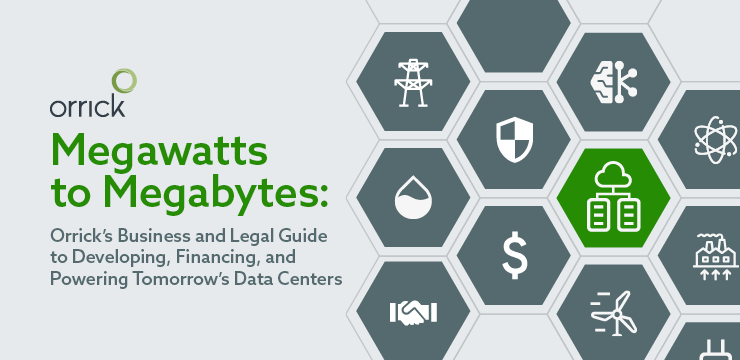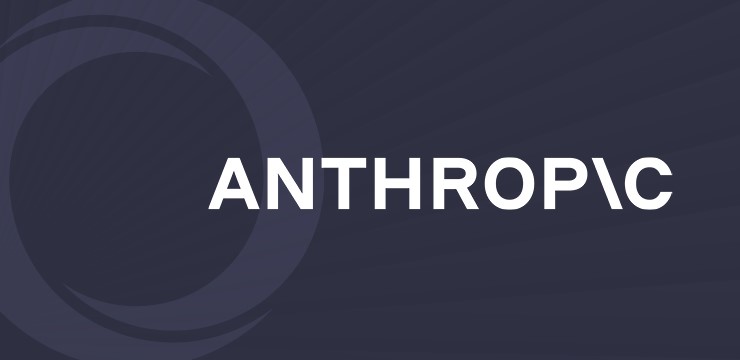Technology & Innovation

The Download: How Defense Tech Is Evolving & Why Renewable Energy Is Booming in Texas
24 minute read | April.15.2025

24 minute read | April.15.2025
.jpg)
11 minute read | May.12.2025

2 minute read | July.15.2025
2 minute read | July.08.2025

2 minute read | July.07.2025

3 minute read | July.02.2025

2 minute read | July.01.2025

by Mike Delikat, Hayden Goudy, Tierra D. Piens and Meghan Conway
9 minute read | June.13.2025

2 minute read | May.27.2025

2 minute read | May.16.2025

This verdict will ensure that patients continue to have access to Regeneron’s lifesaving, cholesterol-reducing drug Praluent.
1 minute read | May.27.2025

2 minute read | May.19.2025

2 minute read | April.07.2025

by Harry Clark, Jeanine P. McGuinness, Elizabeth Zane, Maria Sergeyeva, Gregory I. Hume and Allison Lofgren Bradham
5 minute read | April.04.2025

1 minute read | April.01.2025

1 minute read | March.03.2025

2 minute read | March.19.2025
